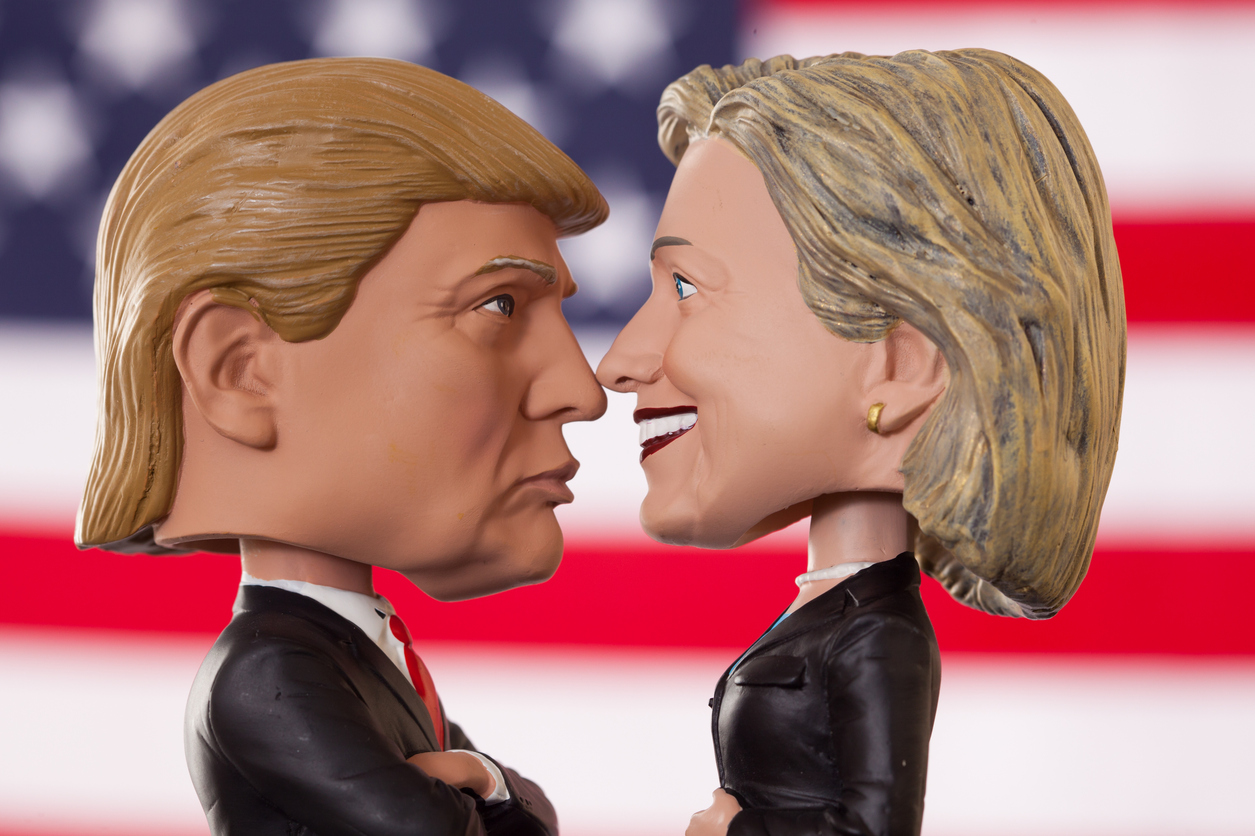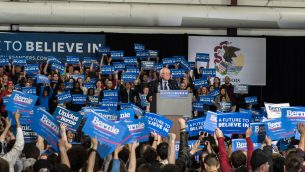Political Communication

The Public Relations Strategies of Trump V. Clinton
As many reflect on a historic election season, scholars are already hard at work analyzing the public relations campaigns of Hillary Clinton and Donald Trump. Digging into the data to examine the public relations strategies of the two candidates leads to some surprising conclusions.
Spiro Kiousis, executive associate dean of the University of Florida College of Journalism and Communications and professor of Public Relations, applied insights from his work in political public relations to the 2016 presidential campaign. The results of his analysis were presented at a meeting of the Florida Public Relations Association. Kiousis suggests that, although Trump may have won the overall election, Clinton and her PR team gave him a run for his money in terms of crafting a strong political public relations strategy.
Clinton was far more successful than Trump in managing donor and volunteer relations. Over the course of the election cycle, Clinton raised far more money and purchased far more ad space than Trump. She also had an overwhelming advantage with volunteers, with more than three times Trump’s number of campaign offices in battleground states.
Trump, on the other hand, edged out Clinton in two major areas: media relations and social media. Although the majority of major media outlets had a more favorable view of Clinton throughout the campaign, Trump was able to dominate the media’s overall attention. Likewise, Trump’s strategy of linking social media accounts like Twitter and Facebook to those news articles meant that his tweets and posts got far more traction in the social media sphere than did Clinton’s posts.
These varied tactics are significant because different platforms – press briefings, social media, speeches, television appearances, etc. – are useful in different ways when it comes to shaping news coverage of things like a campaign or major political story. Among the major objectives of people working in political public relations are shaping what the news media are talking about and how they are talking about it – what storyline and angle they are taking on the issue. They also seek to influence how issues are seen as connected with other policy issues and with other politicians, political organizations and citizen groups.
Kiousis and several colleagues have developed the Message Platform Selection Matrix to help explain which platforms are useful for various types of message influence, presented at the Chinese University of Hong Kong International Conference in Hong Kong, China. Twitter, for instance, is useful for getting a topic into the media for discussion, but not particularly useful in promoting a specific narrative surrounding the topic. YouTube and Facebook, on the other hand, are moderately effective at both bringing media attention to an issue and shaping the discussion surrounding the issue.
Political organizations rely on news media and PR campaigns to get people to volunteer, donate and otherwise support their cause. Managing messages and perceptions is critical. As Trump’s election shows, understanding the connection between message and platform can have historic consequences.
Posted: December 20, 2016
Tagged as: politics, Public Relations, Spiro Kiousis


